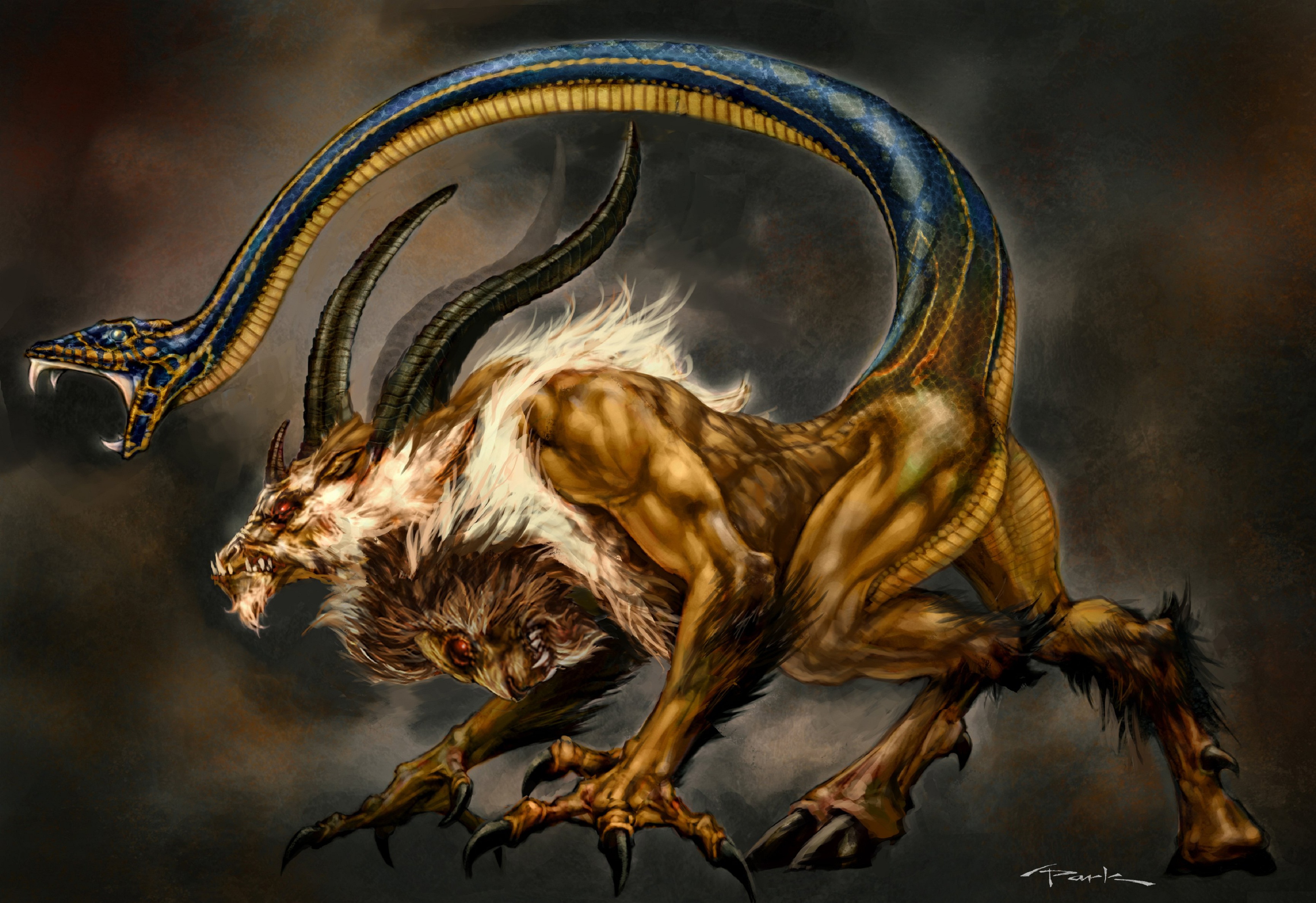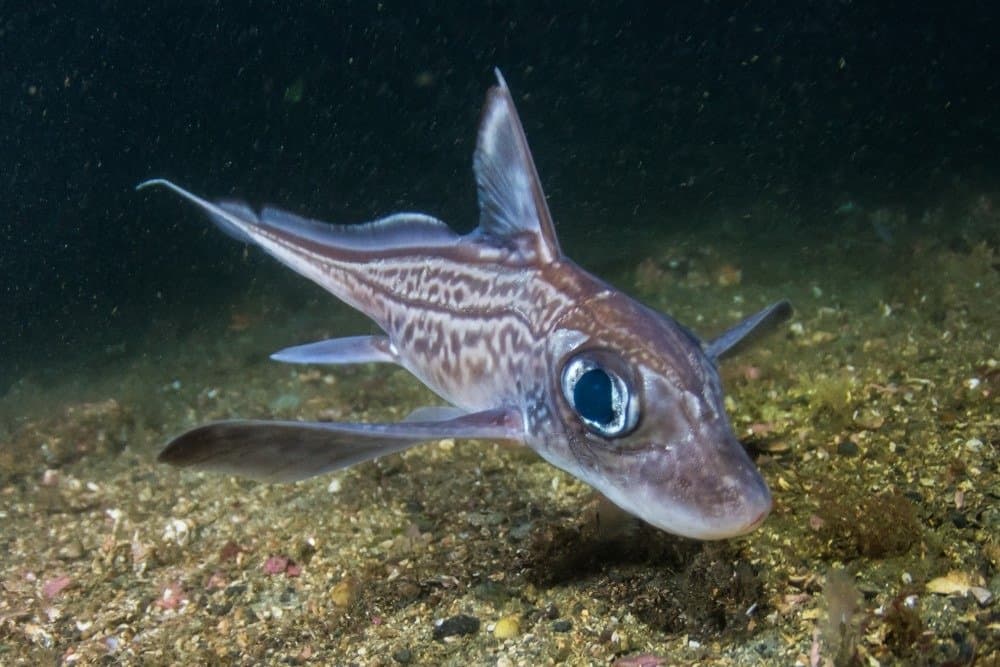

The difference in phenotypes may be subtle ( e.g., having a hitchhiker's thumb and a straight thumb, eyes of slightly different colors, differential hair growth on opposite sides of the body, etc.) or completely undetectable. Most chimeras will go through life without realizing they are chimeras.

95% of marmoset fraternal twins trade blood through chorionic fusions, making them hematopoietic chimeras. Recent research shows most marmosets are chimeras, sharing DNA with their fraternal twins. This is particularly true for the marmoset. This has occurred in humans, and at one time was thought to be extremely rare although more recent evidence suggests that this is not the case. For example, the chimera may have a liver composed of cells with one set of chromosomes and have a kidney composed of cells with a second set of chromosomes. Īs the organism develops, it can come to possess organs that have different sets of chromosomes. As such, they can be male, female, or have mixed intersex characteristics. Put another way, the chimera is formed from the merging of two nonidentical twins (a similar merging presumably occurs with identical twins, but as their genotypes are not significantly distinct, the resulting individual would not be considered a chimera). This results in the development of an organism with intermingled cell lines. This condition occurs through the fertilization of two separate ova by two sperm, followed by aggregation of the two at the blastocyst or zygote stages. Tetragametic chimerism is a form of congenital chimerism. Chimeras can often breed, but the fertility and type of offspring depends on which cell line gave rise to the ovaries or testes varying degrees of intersex differences may result if one set of cells is genetically female and another genetically male. The likelihood of offspring being a chimera is increased if it is created via in vitro fertilisation. In nonidentical twins, innate chimerism occurs by means of blood-vessel anastomoses. This condition is either innate or it is synthetic, acquired for example through the infusion of allogeneic hematopoietic cells during transplantation or transfusion. Cases of human chimerism have been documented. Each population of cells keeps its own character and the resulting organism is a mixture of tissues. Innate chimeras are formed from at least four parent cells (two fertilised eggs or early embryos fused together). If the different cells have emerged from the same zygote, the organism is called a mosaic. Animals Īn animal chimera is a single organism that is composed of two or more different populations of genetically distinct cells that originated from different zygotes involved in sexual reproduction. The term genetic chimera has been used at least since the 1944 article of Belgovskii. While German dermatologist Alfred Blaschko described Blaschko's lines in 1901, the genetic science took until the 1930s to approach a vocabulary for the phenomenon. For example, transplantation of bone marrow often determines the recipient's ensuing blood type. Īnother way that chimerism can occur in animals is by organ transplantation, giving one individual tissues that developed from a different genome. Normally, genetic chimerism is not visible on casual inspection however, it has been detected in the course of proving parentage. In plant chimeras, however, the distinct types of tissue may originate from the same zygote, and the difference is often due to mutation during ordinary cell division.

Animal chimeras are produced by the merger of two (or more) embryos.

In animals, this means an individual derived from two or more zygotes, which can include possessing blood cells of different blood types, subtle variations in form ( phenotype) and, if the zygotes were of differing sexes, then even the possession of both female and male sex organs (this is just one of many different phenomena that may result in intersex conditions). A genetic chimerism or chimera ( / k aɪ ˈ m ɪər ə, k ə-/ ky- MEER-ə, kə-) is a single organism composed of cells with more than one distinct genotype.


 0 kommentar(er)
0 kommentar(er)
